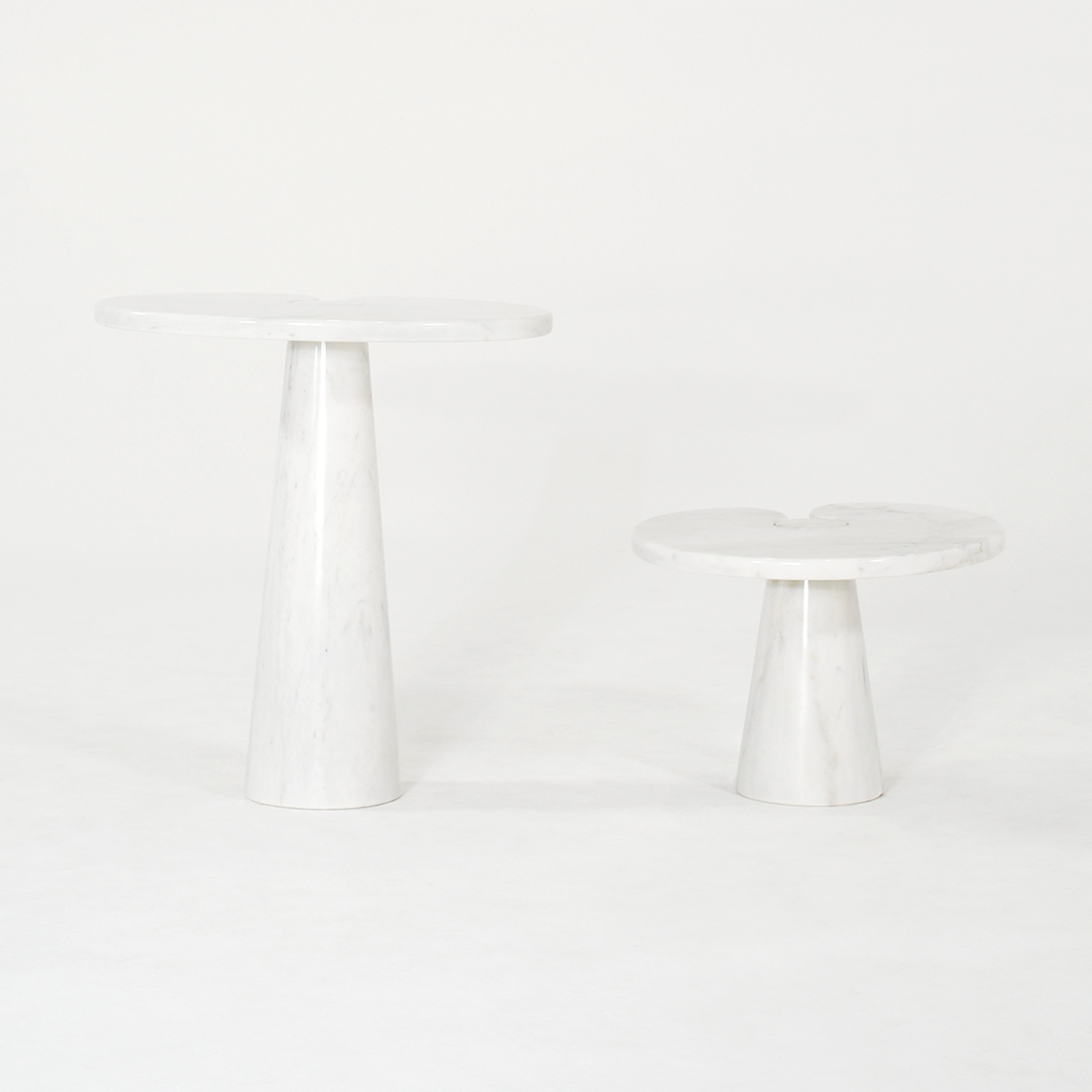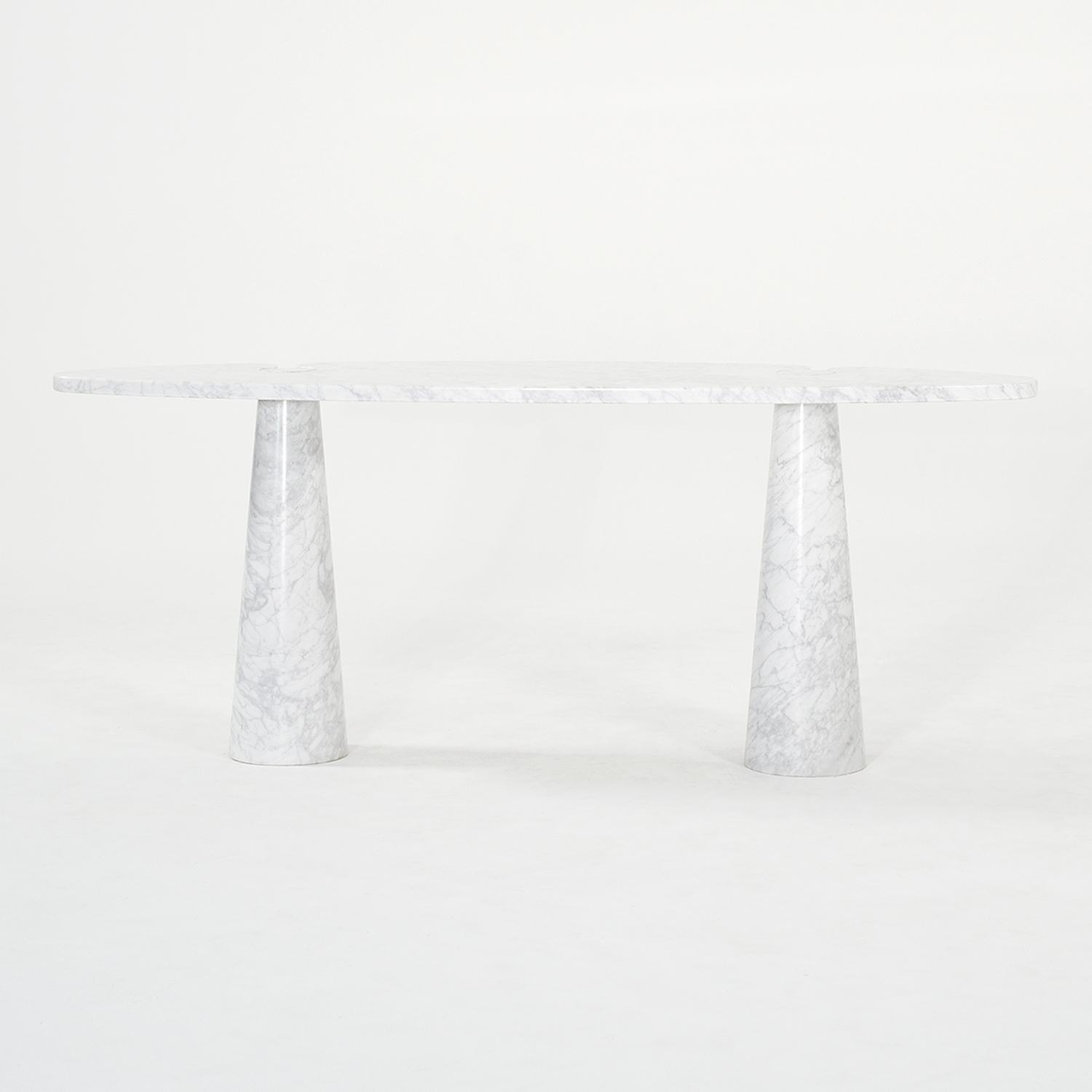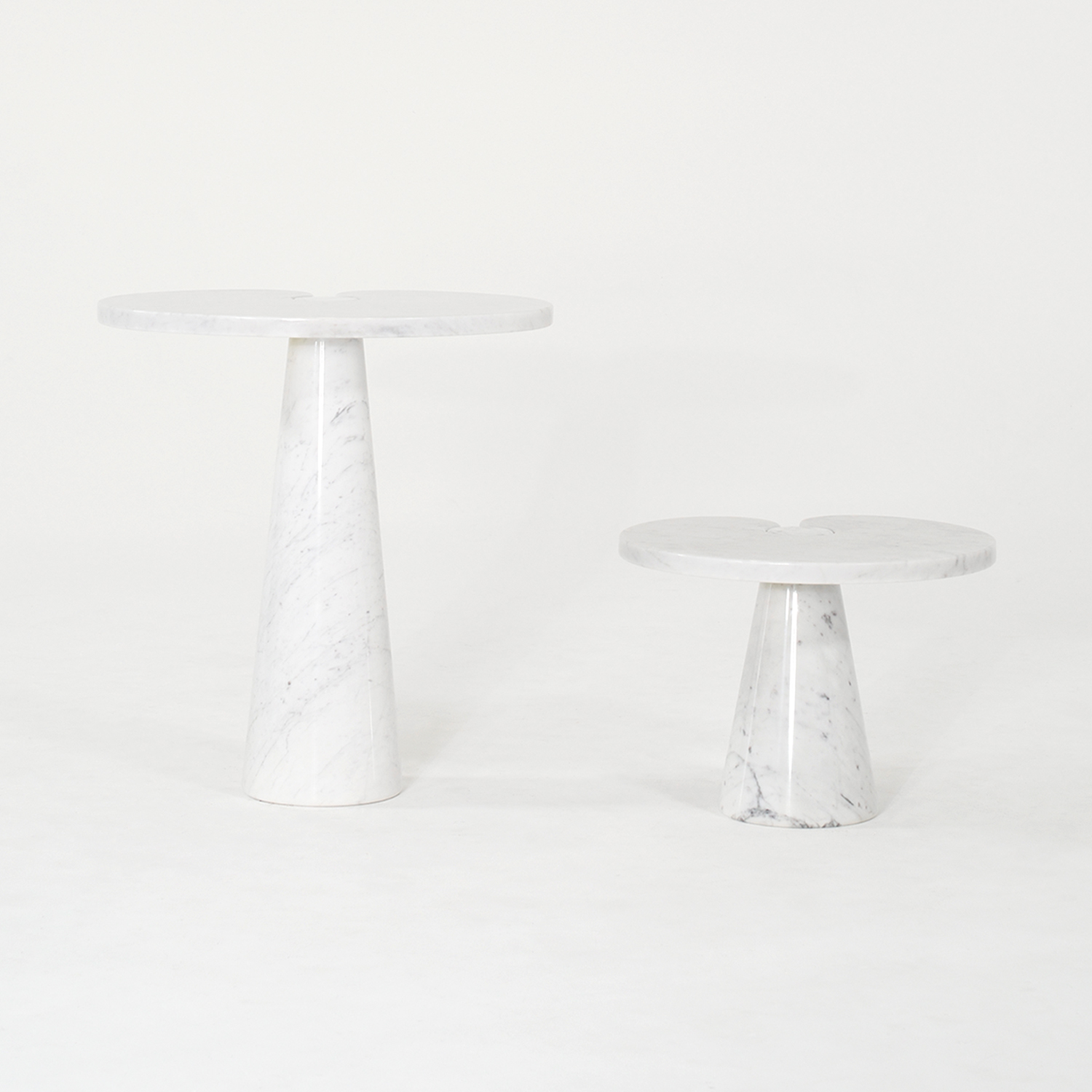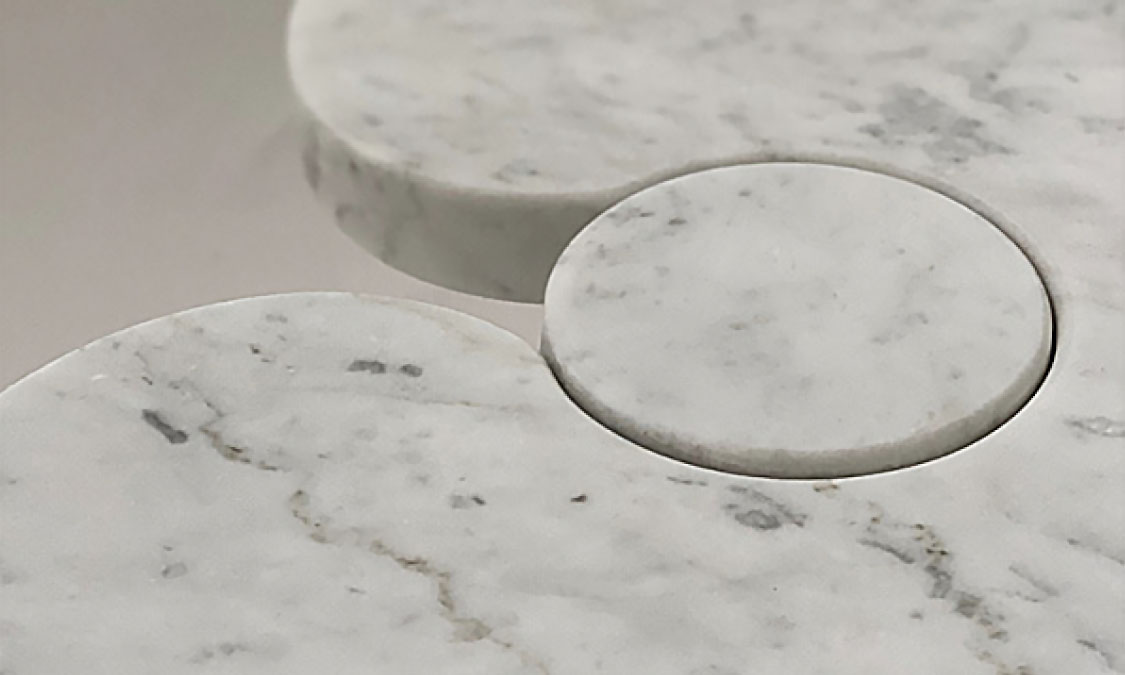
Angelo Mangiarotti
Mastery in Stone
There are designers whose work resists time, whose ideas remain as sharp and persuasive today as when they first appeared. Angelo Mangiarotti belongs to that rare circle. His tables, chairs, and sculptural objects are not just pieces of furniture—they are essays in proportion, weight, and restraint.
Born in Milan in 1921, Mangiarotti grew up in a city brimming with architectural ambition. After graduating from the Politecnico di Milano, he crossed the Atlantic to Chicago, where encounters with Frank Lloyd Wright and Ludwig Mies van der Rohe reshaped his thinking. From Wright, he absorbed a reverence for harmony; from Mies, a pursuit of rigor. When he returned to Italy, those lessons translated into an entirely personal language of design.
Mangiarotti’s work with stone is perhaps his most poetic. His marble tables, crafted with tops that rest effortlessly on tapered supports, look impossibly simple. Yet the precision is exacting—gravity itself becomes the joinery. There is no ornament, no extraneous flourish, only the honesty of a material allowed to do what it does best.

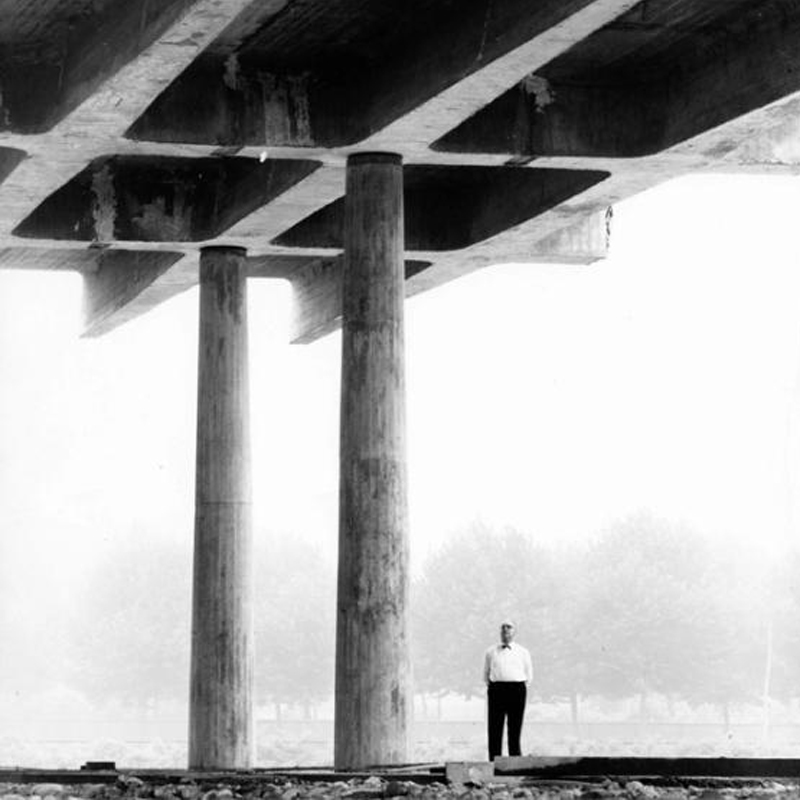
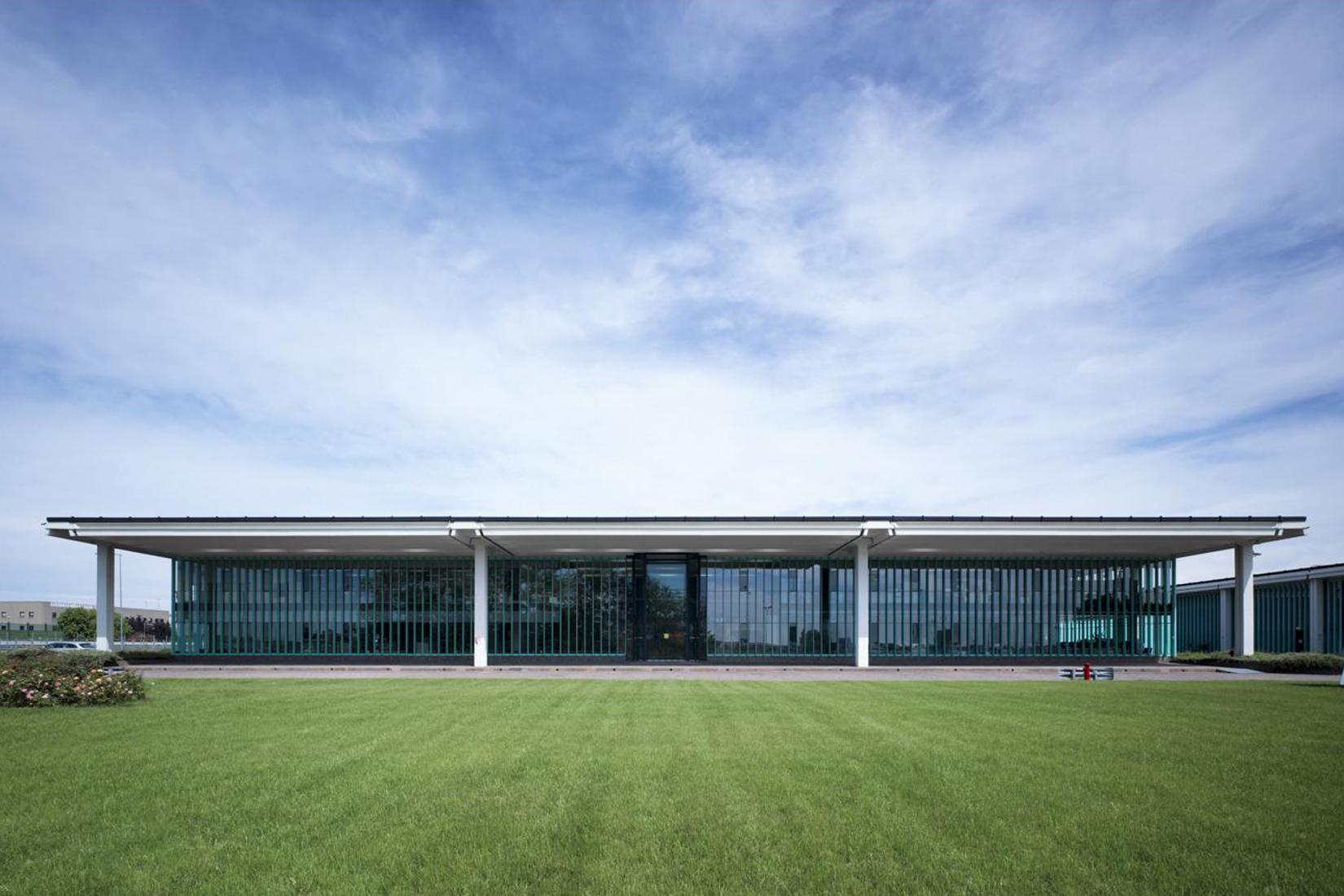
This commitment to clarity stretched across disciplines. His architectural projects, from industrial buildings to residential spaces, showed the same elegance: utility stripped to essentials, but never cold, always human. Mangiarotti believed that structure could be lyrical if it was true.
In Italy’s fertile design scene of the 1960s and ’70s, he stood apart. While others chased novelty, Mangiarotti pursued permanence. Collaborations with Skippexr, Artemide, and Knoll resulted in pieces that remain covetable today, their lines as fresh in a contemporary loft as in the Milanese interiors where they first appeared.
What makes his work endure is the sense of sculpture threaded through every object. A Mangiarotti table doesn’t sit passively in a room; it commands attention, not with bravado but with quiet certainty. His glass vessels and carved stone pieces read as much like artworks as they do functional objects.
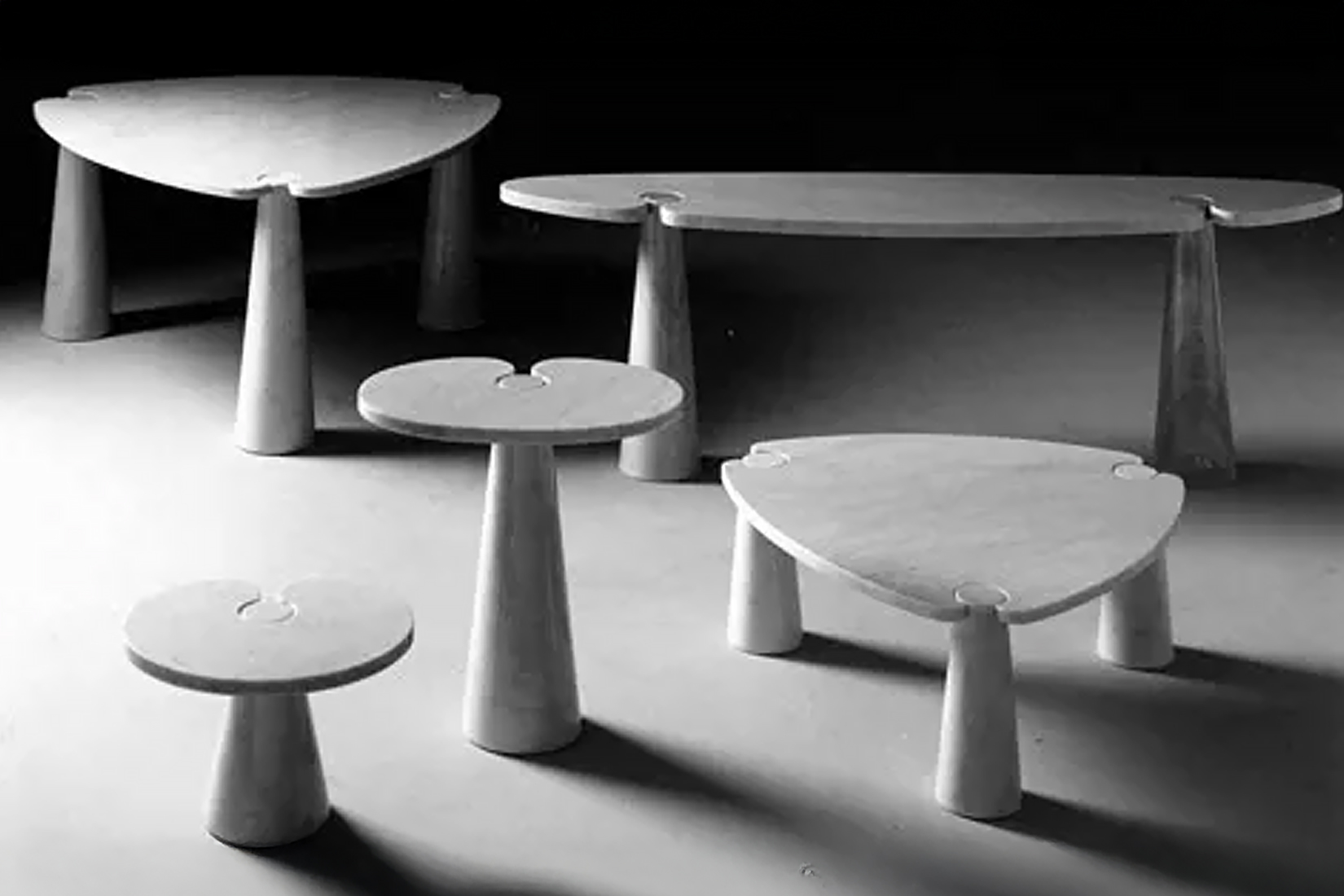
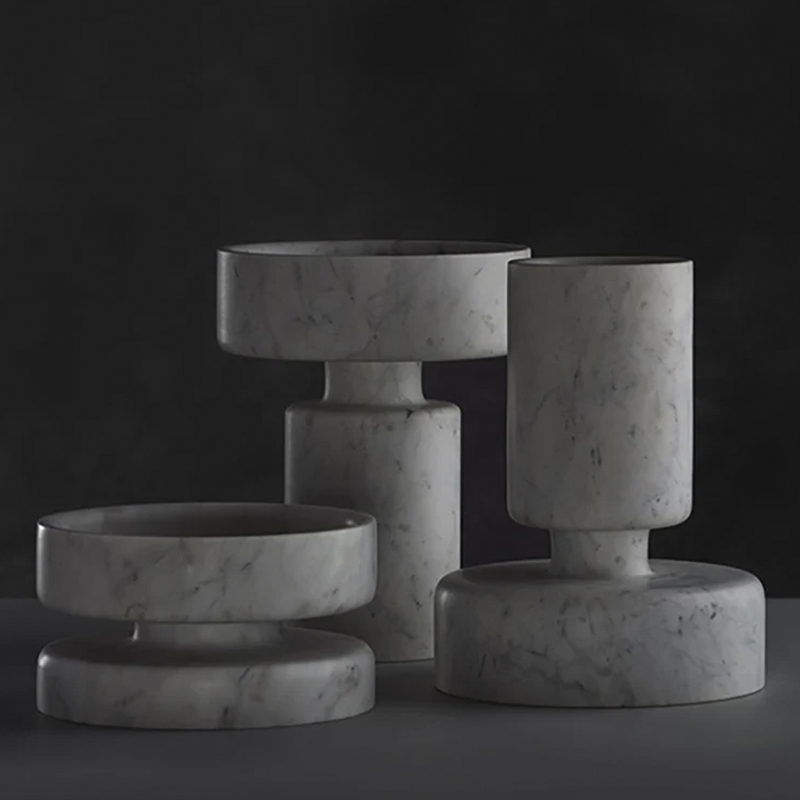
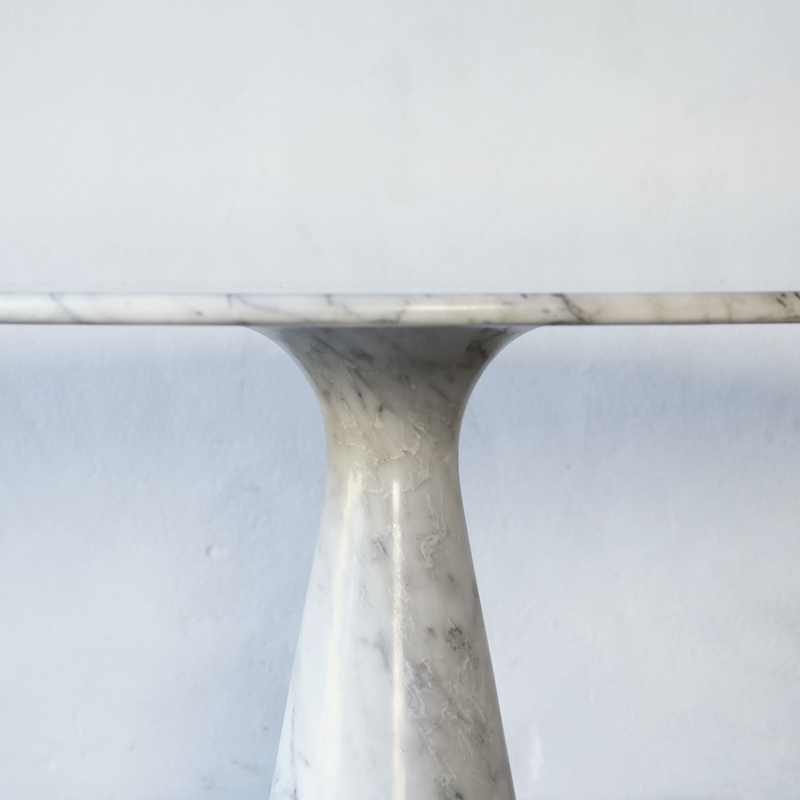
Collectors prize them, museums preserve them, and architects still study them. More than half a century on, Mangiarotti’s vision feels untouched by fashion, rooted in a belief that design is strongest when pared back to its core.
AP Mid Century Modern proudly features a curated selection of Angelo Mangiarotti’s original furniture—objects that embody his devotion to material truth and structural clarity. In Mangiarotti’s world, beauty was never applied; it was revealed. •
